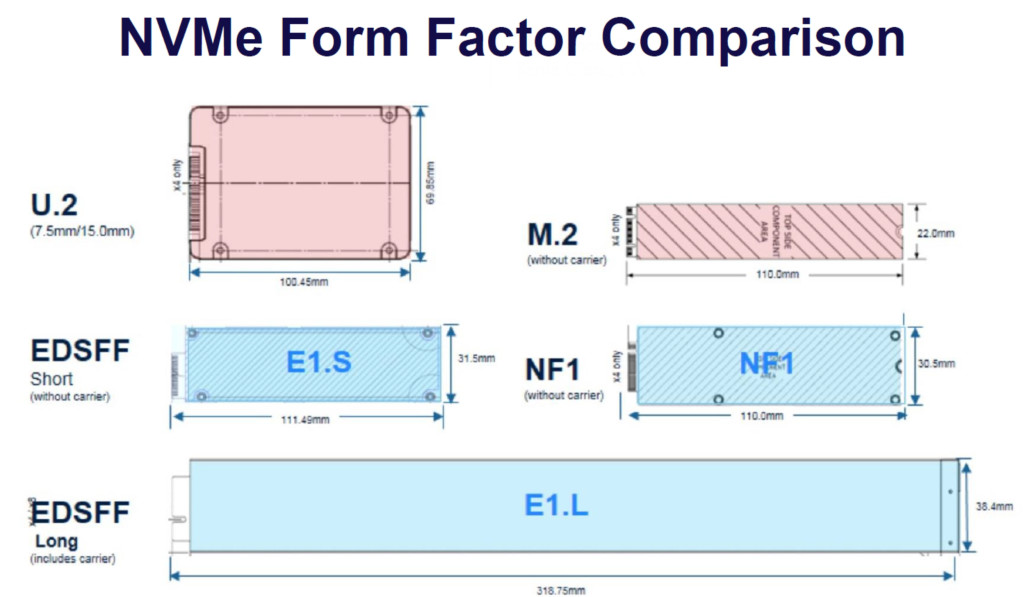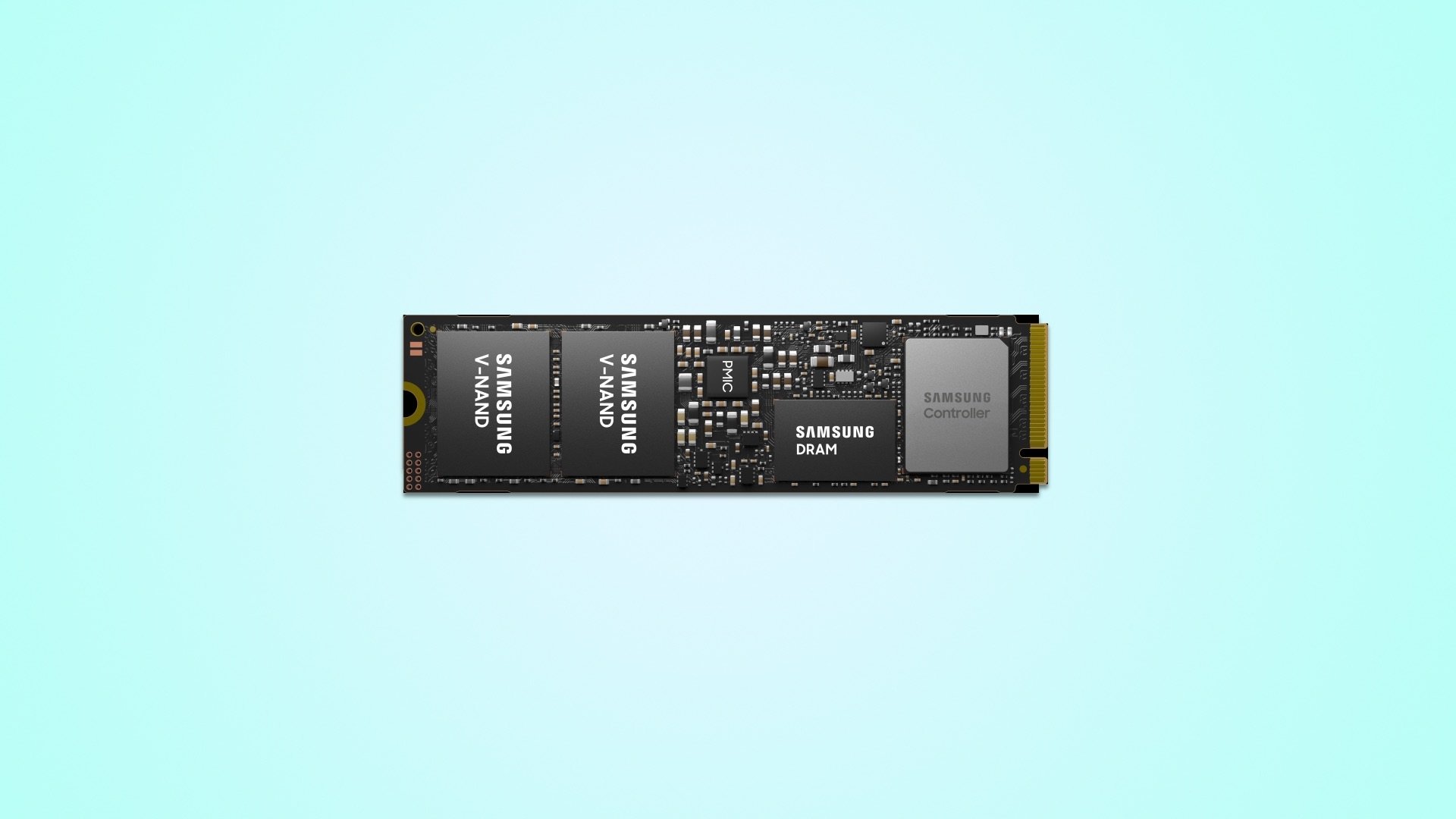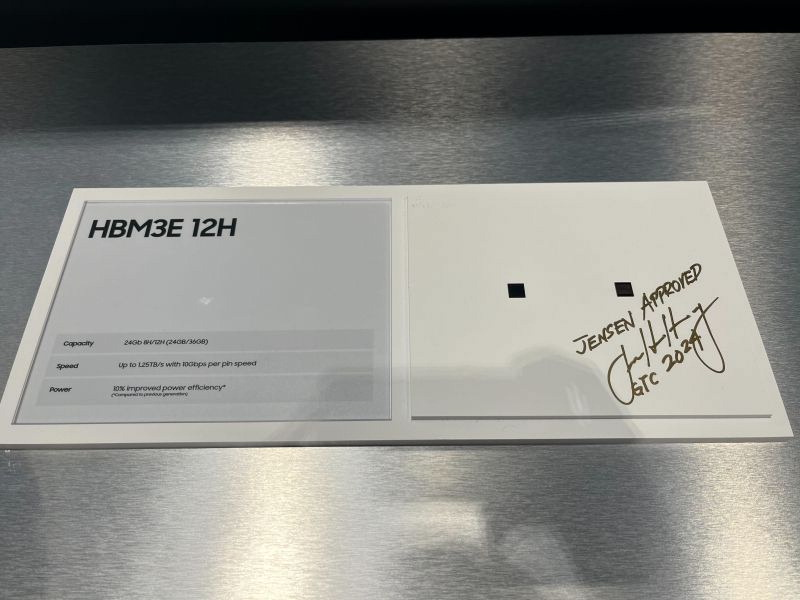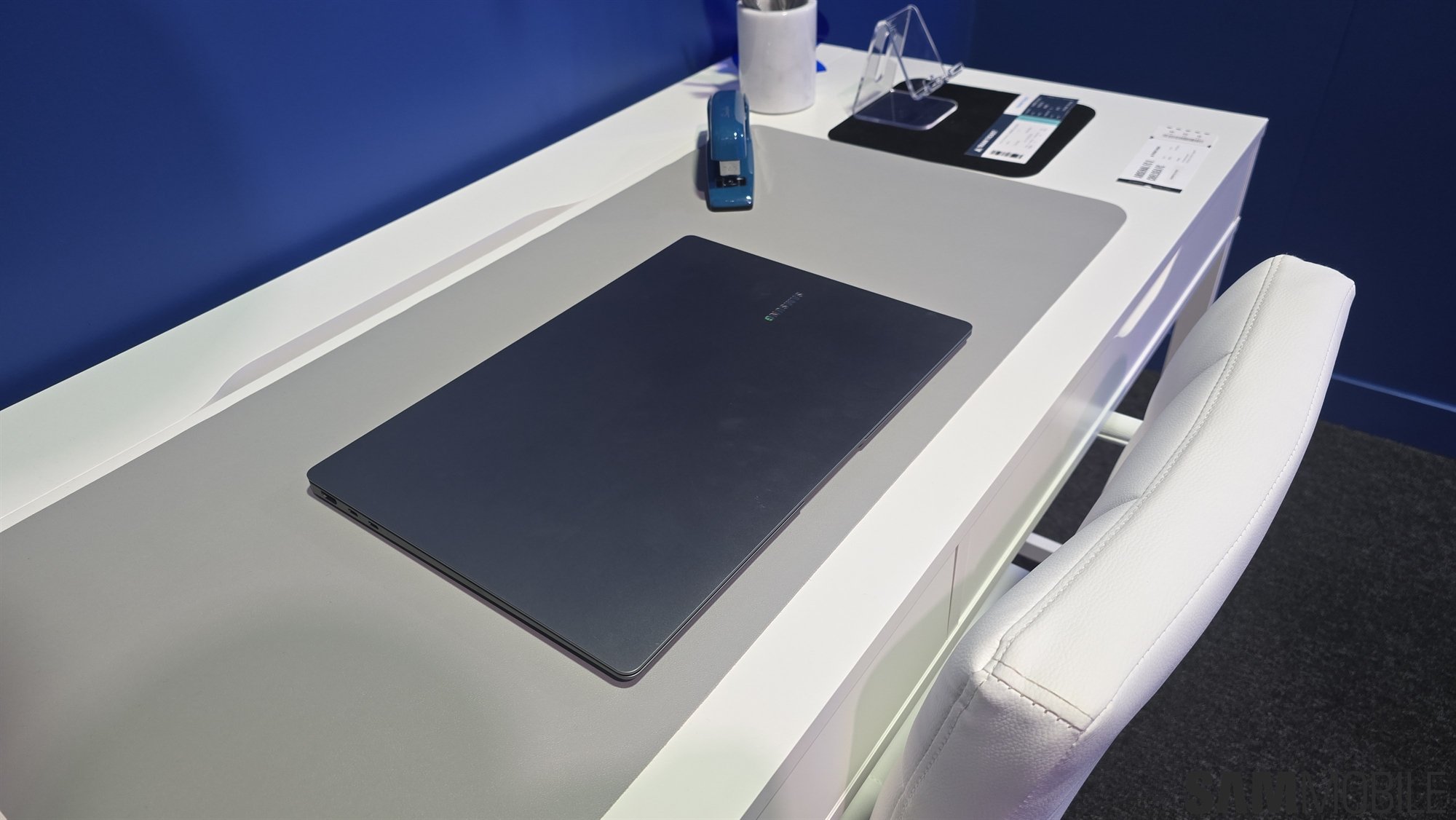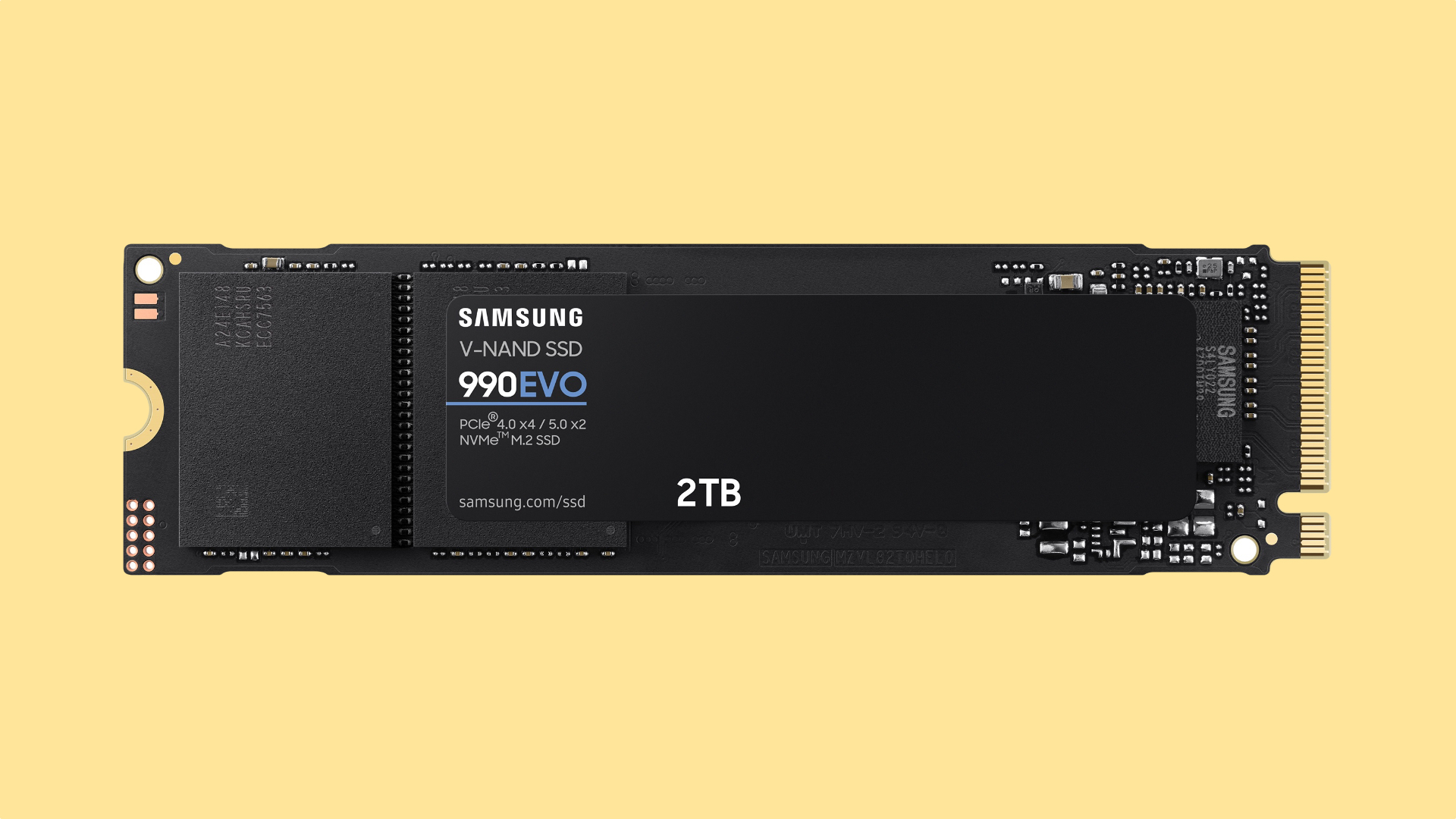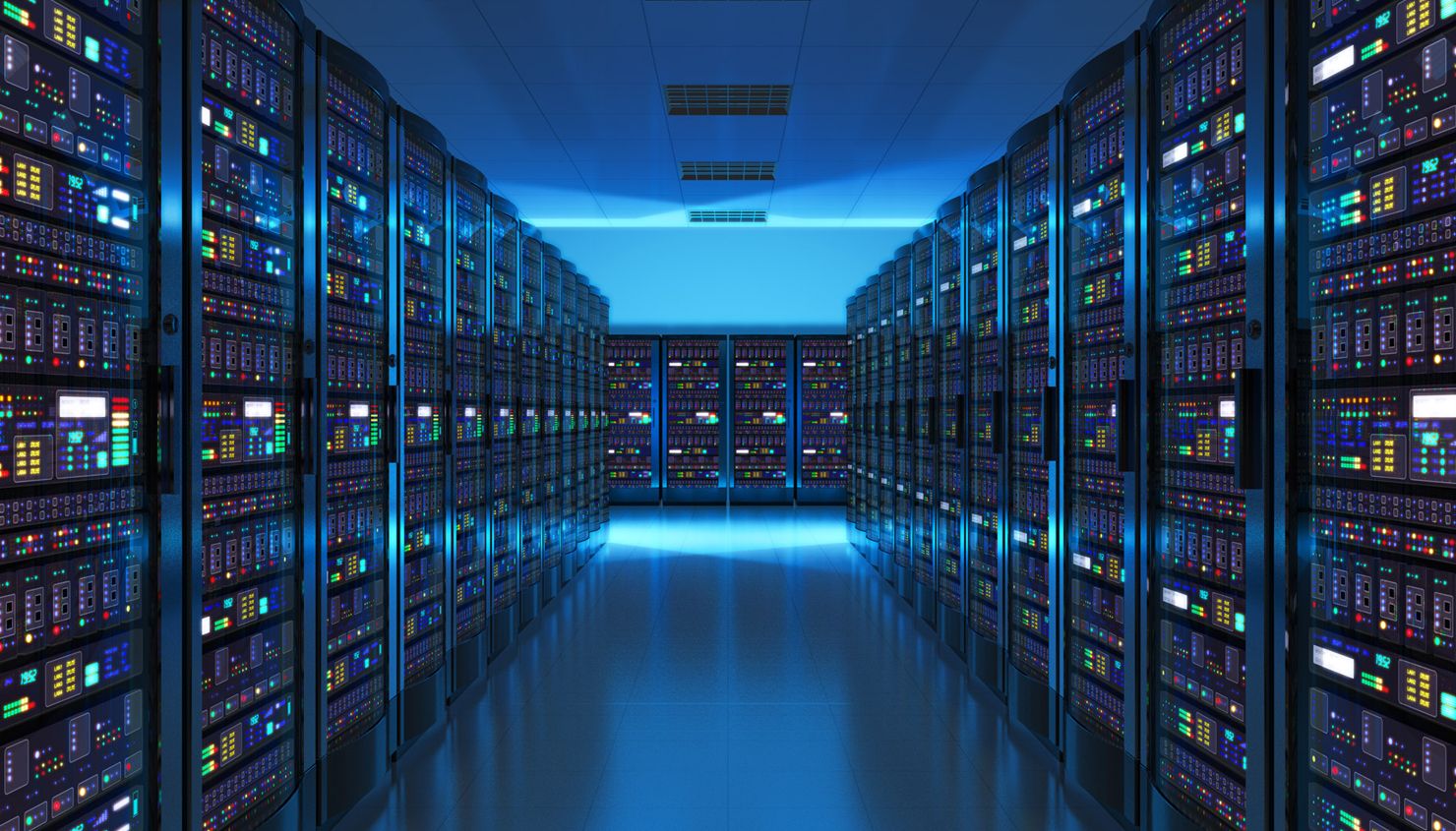
The company's new PM9A3 SSD uses Samsung's sixth-generation 3-bit V-NAND technology. It will be available in three form factors: E1.S, M.2, and U.2. The E1.S and U.2 versions of the SSD can reach peak sequential read and write speeds of up to 6,500 MB/s and 3,500 MB/s, respectively. They also support up to 900,000 random read IOPS and 180,000 random write IOPS.
The PM9A3's high data transfer rates are possible due to the PCIe Gen. 4 (x4) interface, which has twice the data bandwidth compared to PCIe Gen. 3 interface, and the dedicated hardware accelerator. The new SSD will be available from 960GB to 7.68TB storage versions.
Samsung PM9A3 SSD's E.1 design will offer more power and space efficiency
Samsung hopes that PM9A3's E1.S design with the EDSFF connector becomes the industry's most popular SSD lineup. The company says that data centers that are using the U.2 SSDs can use the E1.S SSD form factor to add more SSDs per server by freeing up 1U additional space. It also allows engineers to lower the cost of ownership.
The South Korean storage chip leader will also provide a collaborative server reference design to assist data center managers in quickly adopting the new E1.S form factor. For M.2 SSD users, E1.S will offer more SSDs per rack unit and the PCIe Gen. 4 standard. The E1.S drive form factor will also offer major major benefits of 2.5-inch U.2 SSDs for U1 servers.
Jongyoul Lee, Senior Vice President of Samsung's Memory Software Development Team, said, “Offering the most 1U server-optimized form-factor, the PM9A3 will improve space utilization, add PCIe Gen4 speeds, enable increased capacity and more. We see it eventually becoming the most sought-after storage solution on the market for tier one and tier two cloud data center servers, and one of the more cost-effective.”
